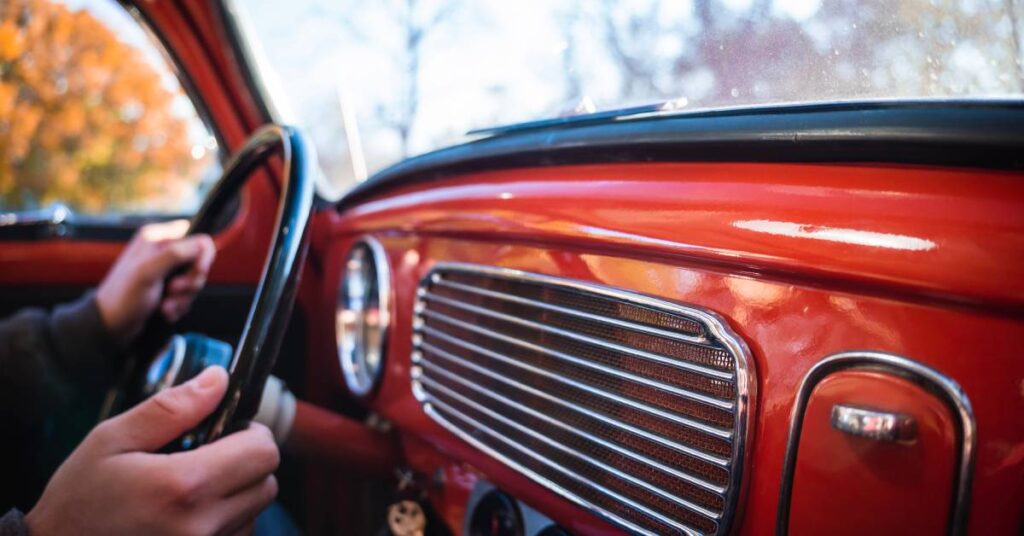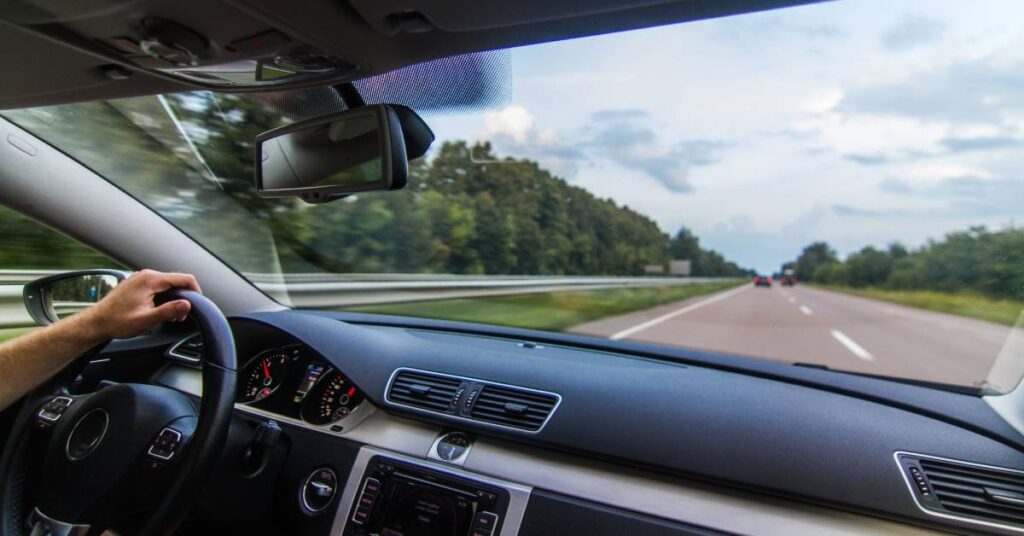Volkswagen (VW) has established itself as an iconic and historical automotive brand. One standout feature of the VW lineup is its unique model type system, which has helped shape its identity over the decades.
Understanding this system can deepen your appreciation for the brand and its legacy. This ultimate guide to the VW model type system will take you through its history, key categories, and practical details.
Understanding the Origins of the VW Model Type System
The VW model type system started in the mid-20th century, a period of significant growth and innovation for Volkswagen. This system simplified internal operations while making it easier for consumers to identify the vehicles. Each model type number represents a distinct vehicle category, allowing for clear differentiation within the lineup.
The earliest models were straightforward in design and functionality, with the VW Type 1, commonly known as the Beetle, leading the charge. Its massive global success set the tone for future innovations.
Subsequent models, such as the Type 2 (Transporter and Bus) and Type 3 (Notchback, Fastback, and Squareback), expanded the lineup while retaining Volkswagen’s reputation for engineering excellence.
These type numbers are an integral part of VW’s heritage, offering a glimpse into the brand’s evolution. Let’s explore each type in further detail.
The Iconic VW Type 1: The Beetle

The VW Type 1, better known as the Beetle, is arguably the most famous model in the Volkswagen lineup. Introduced in the late 1930s, the Beetle became a symbol of practicality and affordability. Its air-cooled engine, rear-wheel drive, and compact design were revolutionary and accessible to millions of people worldwide.
The Beetle’s popularity transcended decades, with production continuing well into the 21st century. Its timeless design and reliability ensured its place in automotive history.
The Type 1 isn’t just a car; it’s a cultural phenomenon. From its role in movies to its association with the counterculture movement of the 1960s, the Beetle’s legacy is unmatched.
For VW owners, the Beetle represents the roots of the brand’s philosophy: creating vehicles that are functional, efficient, and full of personality. Understanding the Type 1 model’s significance helps owners connect with the brand’s early aspirations and its impact on global automotive trends.
The VW Type 2: Transporter and Bus
The VW Type 2, commonly referred to as the Transporter or Bus, debuted in the late 1940s as a versatile and innovative addition to the lineup. Designed for practicality, the Type 2 offered a range of configurations, from cargo vans to camper vans, making it a favorite among business owners and adventurers.
The iconic split-window design of early models remains a hallmark of the Type 2, evoking nostalgia for an era of simplicity and ingenuity. With its rear-mounted, air-cooled engine and spacious interior, the Transporter became a global success. It earned a special place in the hearts of outdoor enthusiasts and families who valued its adaptability.
The Type 2 also played a pivotal role in popular culture, becoming a symbol of freedom and exploration during the 1960s. Its association with the hippie movement and counterculture lifestyle only added to its allure. Today, collectors and VW enthusiasts place a high value on restored Type 2 models, further cementing its status as a classic.
The VW Type 3: A Step Toward Modernization
Introduced in the early 1960s, the VW Type 3 marked a shift toward a more modern design philosophy. Unlike its predecessors, the Type 3 was available in multiple body styles, including the Notchback, Fastback, and Squareback. This variety allowed VW to cater to a broader audience while maintaining its signature engineering quality.
A notable feature of the Type 3 was its innovative use of space. By moving the air-cooled engine underneath the rear cargo area, VW provided more usable interior space without increasing the vehicle’s size. This design approach demonstrated the brand’s commitment to practicality and ingenuity.
While not as globally recognized as the Beetle or Transporter, the Type 3 holds a special place in VW’s history. Its forward-thinking design and versatility paved the way for future models that prioritized form and function.
Later Models and Expansions of the VW Type System
After the success of Types 1, 2, and 3, Volkswagen continued to expand its lineup with additional model types. Introduced in the late 1960s, the VW Type 4 offered a larger and more refined option for consumers. It featured improved suspension, increased interior comfort, and a more powerful engine, catering to a growing demand for higher-end vehicles.
The Type 181 (commonly known as the Thing) was another unique addition to the lineup, combining off-road capabilities with a distinctive design. This model highlighted VW’s ability to think outside the box, creating vehicles that appealed to niche markets while maintaining the brand’s core values.
As the VW lineup grew, the type system became less prominent, with model names like Golf, Jetta, and Passat taking center stage. However, the legacy of the early type numbers remains influential, serving as a foundation for the brand’s ongoing evolution.
Why the VW Model Type System Matters Today

For VW owners and enthusiasts, the model type system is more than a historical footnote. It provides a framework for understanding the brand’s development and its impact on the automotive industry. Each model number tells a story of innovation, adaptation, and a commitment to meeting consumer needs.
Today, knowledge of the VW model type system is especially valuable for collectors and restorers. Whether sourcing authentic VW Type 3 parts or restoring a classic Type 2 Bus, understanding the distinctions between models ensures the preservation of their unique characteristics. This attention to detail is what keeps the VW community vibrant and engaged.
Tips for Maintaining Classic VW Models
Owning a classic VW model comes with its own set of responsibilities. Proper maintenance is key to preserving the vehicle’s performance and originality.
Regular servicing, using authentic parts, and staying informed about the vehicle’s history are all essential care steps. Sourcing high-quality parts can improve the longevity and performance of Type 1, Type 2, and Type 3 models.
Working with reputable suppliers like M&T Manufacturing and consulting with experienced restorers can help your VW remain true to its original design. Additionally, joining VW enthusiast groups can provide valuable insights and resources for vehicle maintenance.
Embracing the Legacy of the VW Model Type System
The VW model type system is a testament to Volkswagen’s innovative spirit and enduring legacy. This system highlights the diversity of VW’s offerings and underscores its commitment to quality and functionality.
Our ultimate guide to the VW model type system ensures that this legacy continues to inspire future generations. Visit the M&T Manufacturing website to source parts for classic VW models. We’ll help you restore or customize your classic VW Type 3 vehicle so you can be a part of a community that values tradition, innovation, and excellence.
